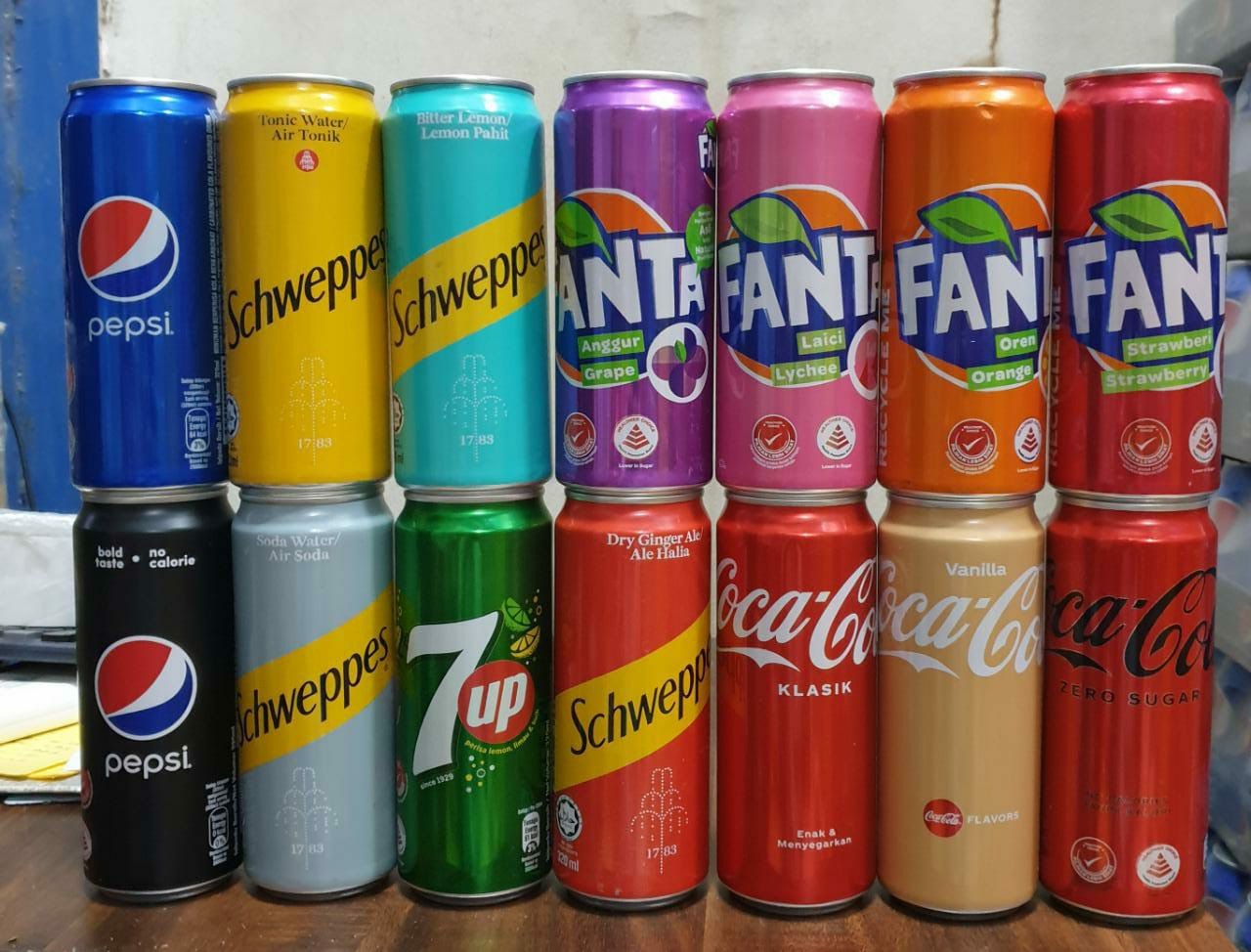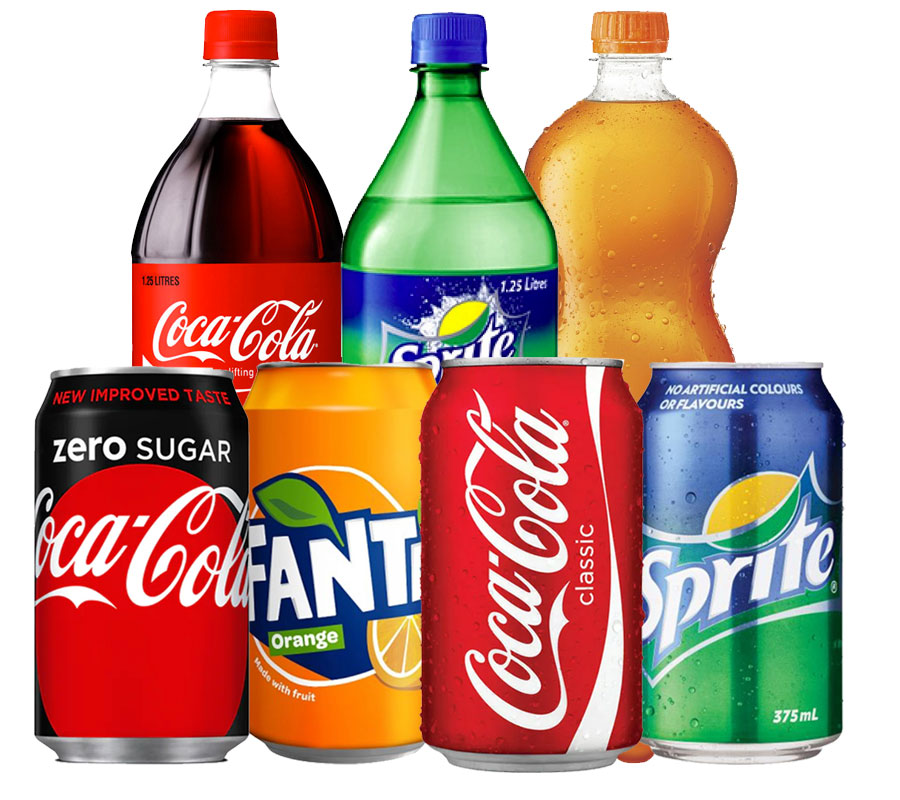I. Introduction
A. Overview of the competitive landscape in the beverage industry
The beverage industry is characterized by fierce competition among major players vying for market dominance and consumer loyalty. Understanding Coca-Cola‘s primary competitors is crucial for comprehending the complex dynamics that shape the industry’s trajectory and market trends.
B. Significance of understanding Coca-Cola’s primary competitors and their impact on market dynamics
Analyzing the strategic moves and market impact of Coca-Cola’s major competitors is vital for gauging industry trends, consumer preferences, and the competitive forces driving the global beverage market. Such insights are essential for informing strategic decisions and market positioning.

II. Major Competitors in the Beverage Industry
A. PepsiCo: Overview of its diverse beverage portfolio and market presence
PepsiCo, a major rival of Coca-Cola, boasts a diverse beverage portfolio that includes iconic brands such as Pepsi, Mountain Dew, and Gatorade. With a global market presence and a focus on innovation, PepsiCo remains a formidable competitor, continually challenging Coca-Cola’s market position.
B. Dr. Pepper Snapple Group: Examination of its product offerings and competitive strategies
The Dr. Pepper Snapple Group, known for its extensive range of non-alcoholic beverages, presents a strong competitive force in the industry. Its brands, including Dr. Pepper, Snapple, and 7UP, strategically position the company as a key challenger to Coca-Cola in multiple beverage categories.

III. Notable Competitors in the Global Market
A. Nestle: Analysis of its beverage segment and international market reach
Nestle, renowned for its global presence and diversified product portfolio, is a significant competitor in the beverage industry. With a focus on healthy and wellness-oriented beverages, alongside its substantial international market reach, Nestle represents a formidable rival to Coca-Cola.
B. Keurig Dr. Pepper: Exploration of its beverage brands and market positioning
Keurig Dr. Pepper, a leading beverage company formed through a merger, commands a strong market presence with brands like Dr. Pepper, 7UP, and Sunkist, as well as a robust distribution network. This places the company in direct competition with Coca-Cola across various beverage categories.

IV. Market Dynamics and Competition
A. Competitive strategies and market positioning of key competitors
Key competitors in the beverage industry employ diverse strategies, including product innovation, brand differentiation, and strategic partnerships, to gain market advantage and enhance their competitive positioning against Coca-Cola.
B. Impact of competitive forces on Coca-Cola’s market share and strategic initiatives
The dynamic interplay between Coca-Cola and its competitors significantly influences market share, consumer behavior, and strategic decision-making, shaping the direction of the beverage industry.
V. Innovation and Consumer Trends
A. Rivalry in product innovation and responding to consumer preferences
Competition among major beverage companies often manifests in a race for product innovation, as companies strive to introduce new offerings and align with evolving consumer preferences, driving forward industry trends and market dynamics.
B. Consumer response and loyalty dynamics in the face of competing offerings
The introduction of innovative products by Coca-Cola’s competitors prompts shifts in consumer loyalty and consumption patterns, contributing to a dynamic marketplace with evolving consumer behavior and brand loyalties.

VI. Strategic Responses and Future Outlook
A. Coca-Cola’s competitive responses and market expansion strategies
Coca-Cola formulates strategic responses, such as diversifying its product portfolio, expanding into emerging markets, and enhancing brand differentiation, to effectively compete with its industry rivals and sustain its market leadership.
B. Projections for the future competitive landscape and implications for the beverage industry
Anticipating future developments, including potential industry consolidations, continued innovation, and shifting consumer preferences, is essential for understanding the overarching competitive landscape and implications for the future direction of the global beverage industry.
VII. Market Expansion Strategies and Geographical Reach
A. Analysis of key competitors’ geographical presence and expansion initiatives
Examining the geographic reach of Coca-Cola’s primary competitors, including their market penetration, distribution networks, and expansion strategies, reveals the depth of their global influence and provides insight into their capacity to compete on a regional and international scale.
B. Implications of expanding market boundaries for competitive dynamics
The expansion strategies undertaken by Coca-Cola’s rivals, whether through regional acquisitions, market entry into emerging economies, or strategic partnerships, significantly impact competitive dynamics and market equilibrium, shaping the competitive landscape and consumer choices.

VIII. Brand Diversification and Portfolio Strength
A. Assessment of the diverse beverage categories encompassed by competitors’ brand portfolios
Assessing the diversity within the product portfolios of Coca-Cola’s primary competitors elucidates the strategic emphasis on owning a comprehensive range of beverages, from carbonated soft drinks to ready-to-drink teas, sports and energy drinks, and other non-alcoholic beverages.
B. Analyzing the impact of diverse brand offerings on consumer preference and market dynamics
The influence of brand diversification on consumer preferences, market segmentation, and the emergence of new consumption patterns sheds light on the effectiveness of portfolio diversification as a means to capture a wider consumer base and maintain a robust competitive position.
IX. Sustainability Practices and Ethical Stewardship
A. Examination of competitors’ sustainability initiatives and environmental goals
An analysis of the sustainability commitments and environmental practices employed by Coca-Cola’s competitors reveals their efforts to minimize environmental impact, promote responsible sourcing, and contribute to sustainable practices throughout the beverage supply chain.
B. Implications of sustainability efforts on brand perception and consumer sentiment
The integration of sustainable practices into business operations and brand messaging has substantial implications for brand positioning, consumer trust, and market competitiveness, amplifying the significance of ethical and sustainable stewardship within the beverage industry.
X. Digital Innovation and E-commerce Strategies
A. Evaluation of competitors’ digital and e-commerce initiatives in the beverage sector
Assessing the digital transformation and e-commerce strategies adopted by Coca-Cola’s key rivals reveals their investments in technology, online retail platforms, and direct-to-consumer channels, aimed at maximizing consumer engagement and sales potential in the digital sphere.
B. Impact of virtual marketplaces and digital experiences on consumer preferences and market dynamics
The growing emphasis on digital innovation and e-commerce strategies within the beverage sector has significant implications for consumer touchpoints, brand visibility, and the overall consumer experience, influencing market dynamics and competitive strategies in the digital age.
XI. Regulatory Compliance and Industry Standards
A. Investigation of competitors’ adherence to regulatory requirements and industry standards
Scrutinizing the extent to which Coca-Cola’s competitors comply with regulatory mandates, nutritional guidelines, and industry standards underscores their commitment to upholding quality, safety, and transparency in providing beverages to consumers.
B. Implications of regulatory compliance on brand integrity and competitive positioning
The correlation between regulatory compliance, brand integrity, and competitive positioning elucidates the impact of adherence to industry standards and regulations on consumer trust, market access, and the preservation of brand reputation within the beverage industry.